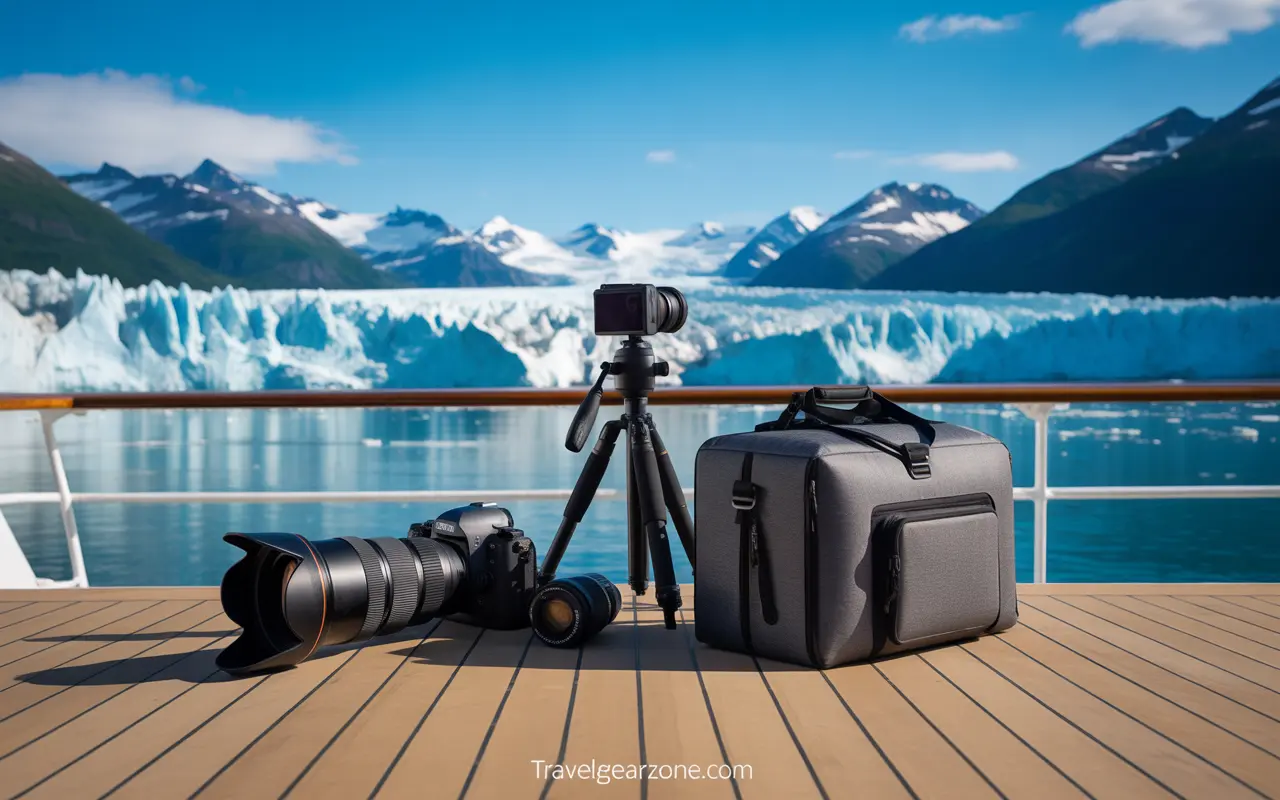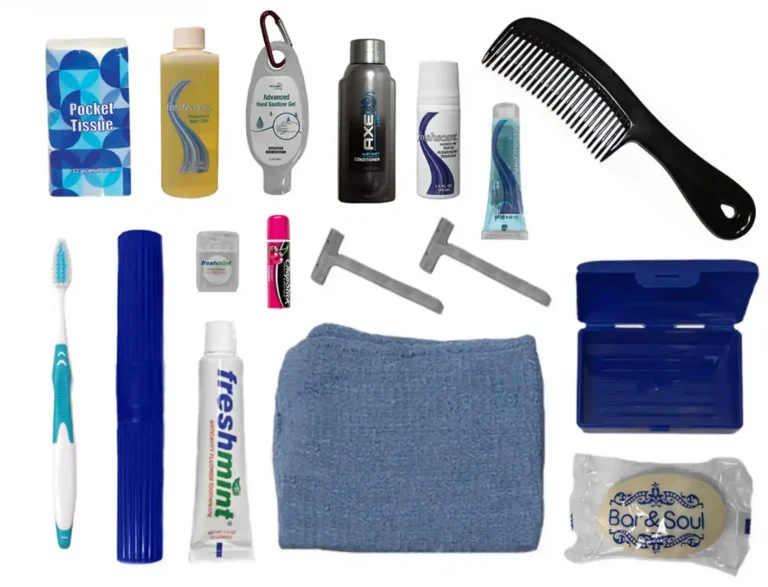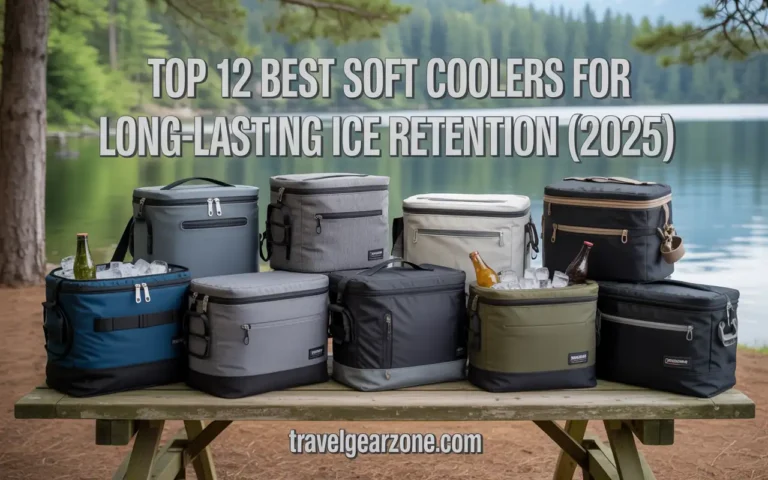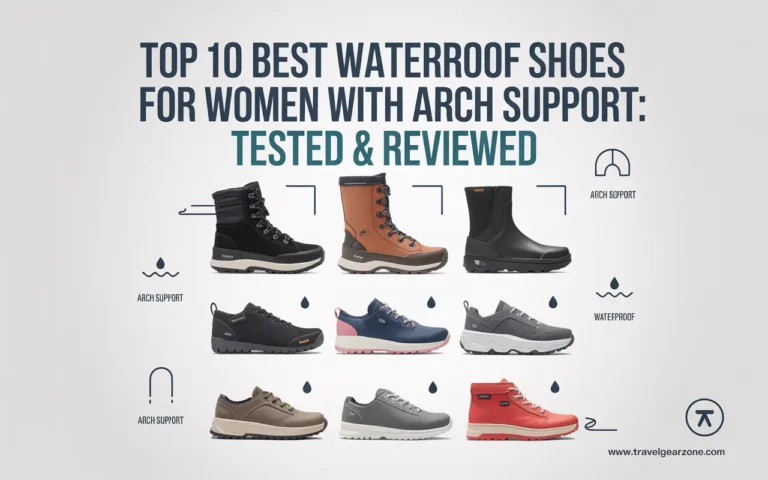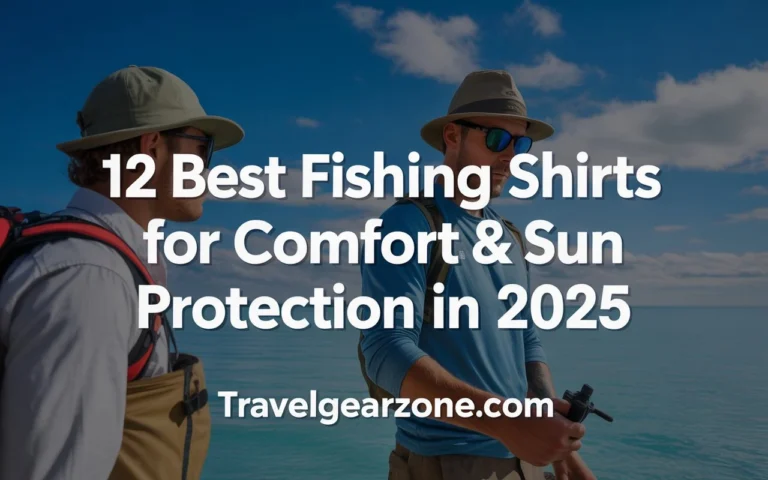The Camera Gear I Used on My Alaska Cruise (And Loved)
There’s nothing quite like standing on the deck of a cruise ship while an iceberg calves into the water, the thunderous crack echoing across the bay. Or that moment when a humpback whale lifts its tail against a backdrop of misty mountains. These aren’t just casual snapshots — they’re once-in-a-lifetime experiences. And if you don’t have the right camera gear for Alaska cruise photography, trust me, you’ll regret it.
On my journey through Southeast Alaska, I realized quickly that a phone camera could only take me so far. The changing weather, the unpredictable light, and the sheer scale of the landscapes demanded more. I’d packed my bag with a mix of DSLR and mirrorless options, carefully chosen lenses, and a few accessories I learned to never leave behind. It wasn’t about having the fanciest equipment, but about having the best camera gear for Alaska cruise conditions — reliable, versatile, and able to perform in the cold drizzle as well as under golden hour skies.
In this guide, I’ll walk you through exactly what I carried: the main body, lenses, and accessories that made all the difference. Whether you’re wondering what camera to take on an Alaska cruise, how to pack for an Alaska cruise, or even what to wear for dinner on an Alaska cruise while balancing gear, I’ll share what worked for me — and why. By the end, you’ll know which tools are worth the space in your bag and how to use them so you don’t miss those unforgettable shots. Because in Alaska, the right camera setup isn’t optional. It’s everything.
II. Photography Challenges Unique to Alaska Cruises
An Alaskan cruise is one of the most rewarding yet demanding trips for photographers. The light changes fast — one minute you’re in heavy fog, the next you’re shooting through a burst of orange sunset. I’ve seen mornings where a glacier was hidden under drizzle and afternoons where shafts of light revealed deep blue ice caves. Without gear that could adapt, I’d have lost half those opportunities.
Wildlife is another challenge. From humpback whales surfacing far off the bow to bald eagles soaring over the Alexander Archipelago, most encounters happen at a distance. That’s where a telephoto zoom lens becomes your best friend. On one cruise, I watched passengers struggle to capture a whale breach with their phones while I managed to freeze the arc mid-air thanks to a 100–400mm lens.
Then there’s the weather itself. Rain, cold winds, and sea spray are constant. If your camera isn’t weather-sealed or protected with a waterproof rain cover, you’re one wipe away from missing a shot. Add to that the tight cabins and limited storage space, and packing the right setup becomes a balancing act between protection and portability.
Looking back, I can say confidently: investing in the right gear for Alaska cruise photography saved me from frustration and helped me walk away with shots that felt like they belonged in a magazine.
III. The Main Camera Body I Trusted
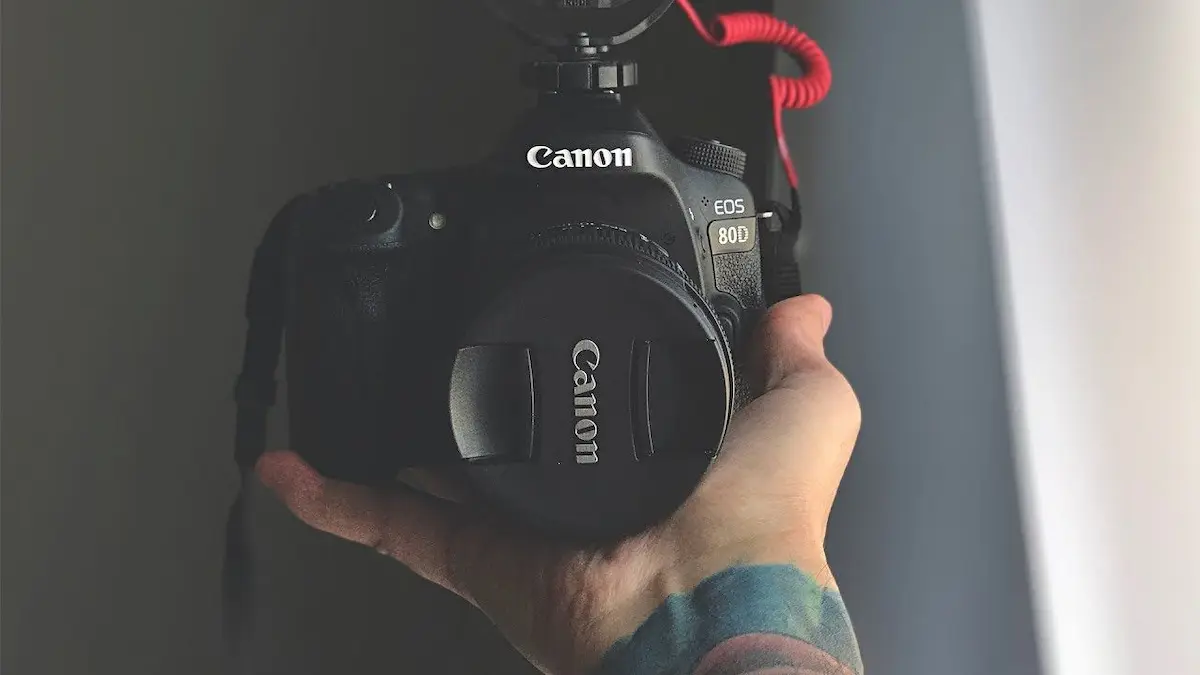
For my trip, I brought along my Canon EOS 5D Mark III — a DSLR camera I’ve relied on for years. While mirrorless cameras like the Sony RX10 and the iPhone 15 Pro Max have their place, I trusted this body because of three things: durability, autofocus, and image quality. Alaska is not forgiving to electronics, and I needed something that could withstand sudden rain or cold wind without faltering.
The 5D’s weather sealing kept me shooting even when drizzle hit the deck. Its autofocus system locked on quickly — essential when an eagle suddenly swooped low near the ship. And the full-frame sensor delivered rich detail in glacier shots, giving me enough flexibility in post-processing to pull out those deep blues you can only find in ice.
Battery life was another factor. Cold weather drains batteries fast, but with the 5D I got consistent performance — about 800–900 shots on a charge even in chilly conditions. I remember one morning in Glacier Bay when I stood on deck for hours, tracking harbor seals on floating ice. Not once did the camera slow down or show error, even with the temperature dipping into the low 40s.
Would a mirrorless interchangeable lens camera have been lighter? Absolutely. But in my case, reliability outweighed portability. For anyone planning a trip, I’d say pick a body you trust in unpredictable weather — whether it’s a Canon EOS 5D Mark IV, a solid Nikon DSLR, or a rugged mirrorless with good weather sealing. In Alaska, you don’t get second chances when that perfect shot happens.
IV. Lenses That Made the Trip Magical
1. Wide-Angle Lens
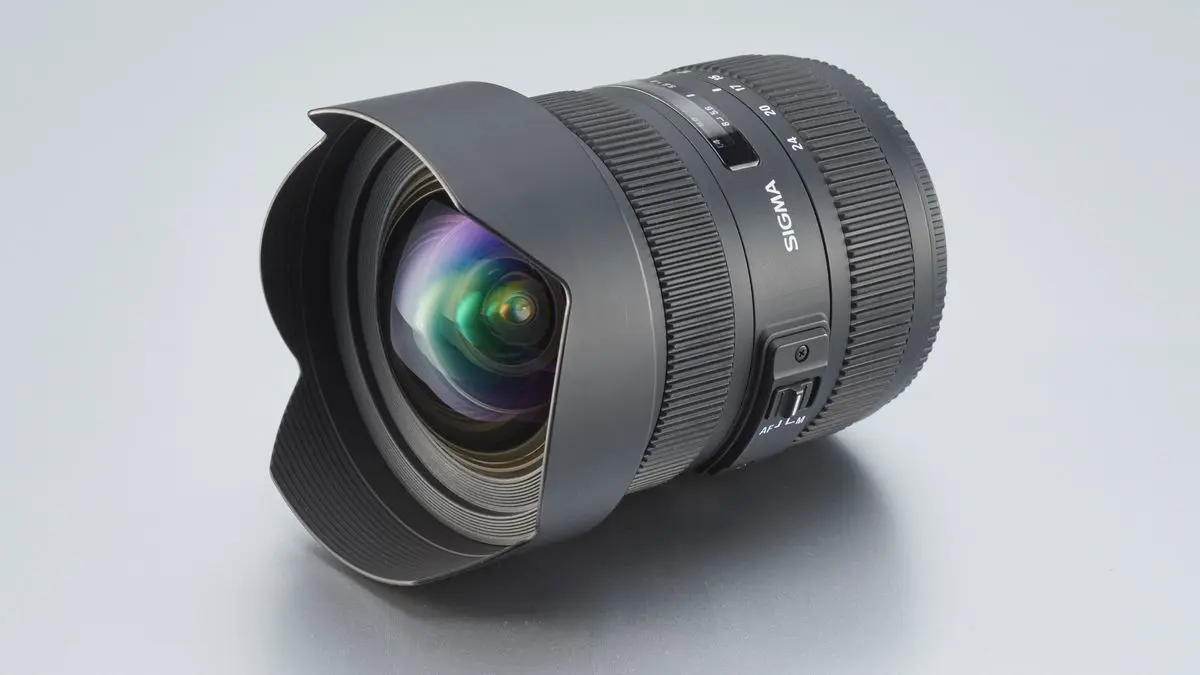
There’s no substitute for a wide-angle when you’re standing on the deck facing Hubbard Glacier or sailing through Tracy Arm Fjord. I carried an EF 24–70mm f/2.8L II USM, which doubled as both a wide and a standard zoom. The 24mm end allowed me to capture the immensity of glacier walls — photos where the ship looked tiny against the ice. One morning, as the fog lifted, I shot a panorama of the fjord that remains one of my favorites. Without that wide-angle reach, the scale of Alaska simply wouldn’t have translated onto the frame.
2. Telephoto Zoom Lens
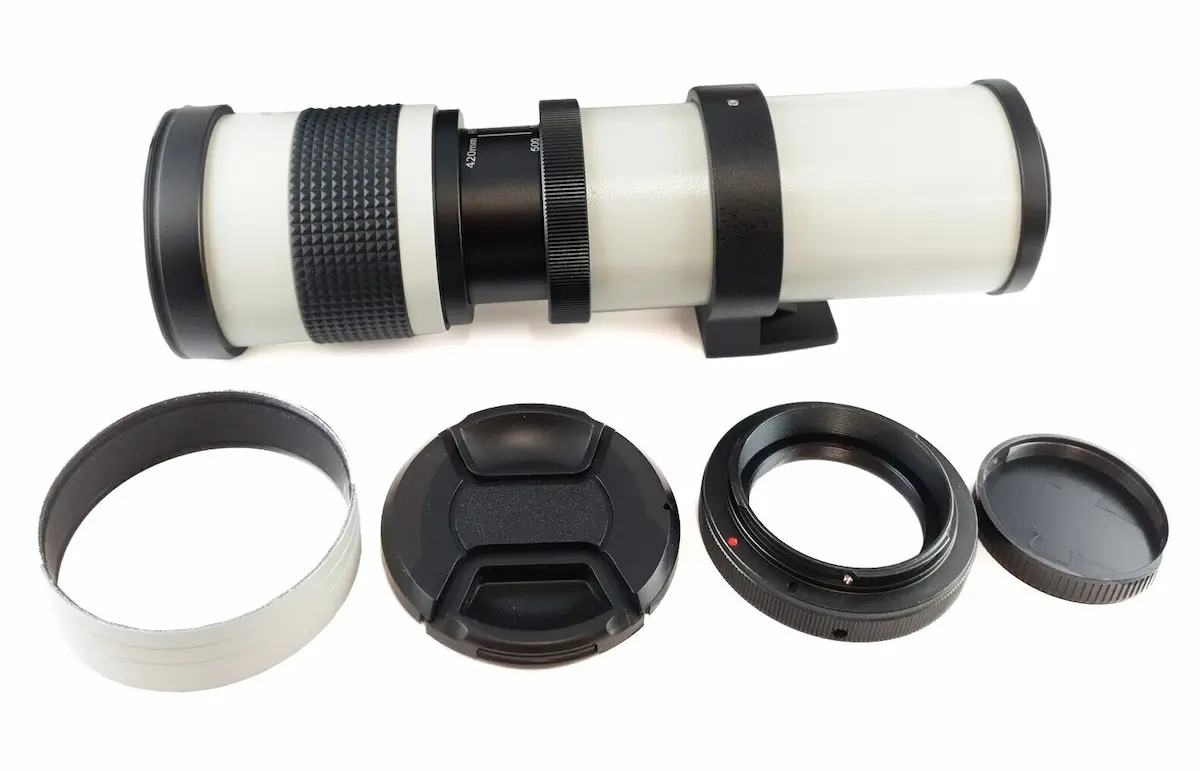
For wildlife, the EF 100–400mm f/4.5–5.6L IS II USM was indispensable. I paired it once with the Extender 1.4x III, giving me the reach I needed for distant humpback whales and bald eagles perched in spruce trees. I’ll never forget the morning we spotted a whale breach far off starboard. Most travelers rushed to snap with their phones, but with the telephoto zoom I caught the full arc mid-splash, water droplets frozen mid-air. For anyone asking, what’s the best lens for whales on an Alaska cruise? — it’s hands down a telephoto zoom.
3. Standard Zoom Lens
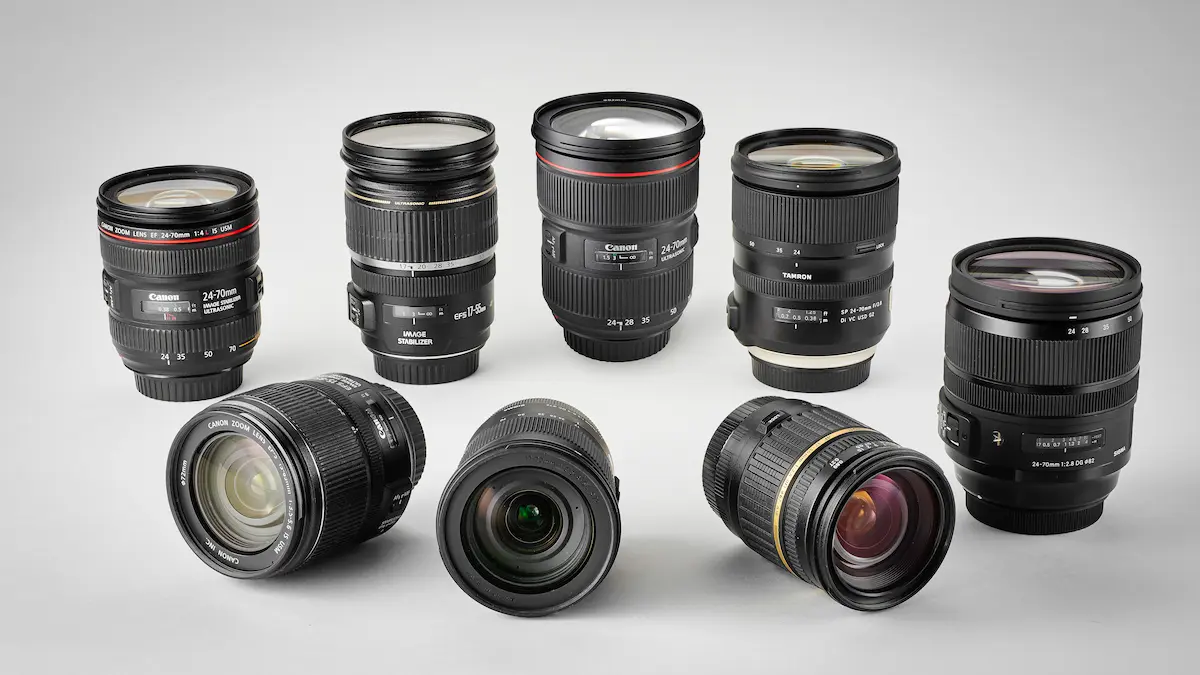
In towns like Ketchikan and Skagway, a standard zoom lens was all I needed. The colorful wooden storefronts, the bustle of cruise ship passengers on Creek Street, and even candid portraits of fellow travelers were captured on the 24–70mm range. It’s the workhorse lens, perfect when you don’t want to keep swapping gear on the go.
4. Prime Lens
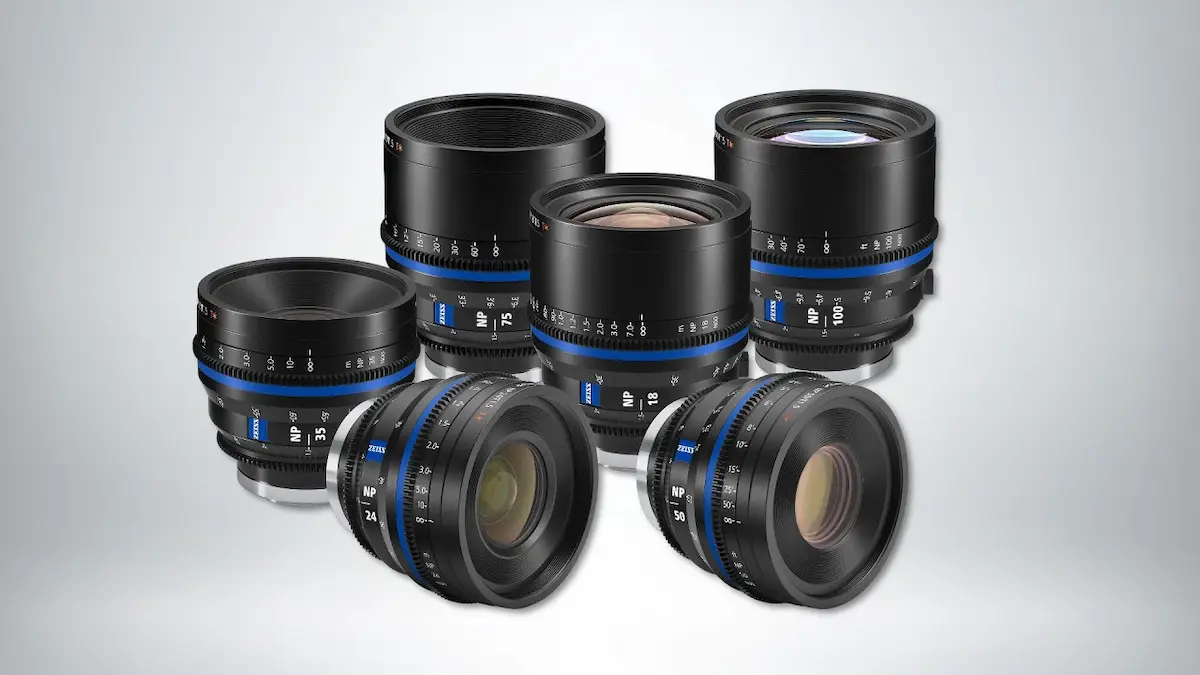
For onboard dinners, low-light lounges, and even a few aurora attempts late at night, I relied on a fast prime — a 50mm f/1.4. It delivered crisp shots of evening dinners without flash, catching the warmth of shipboard life. Even if you’re not a “prime lens person,” packing one for its low-light performance is worth it. The memories of laughter around the dinner table feel more alive because of it.
V. Supporting Gear That Made Life Easier
Beyond the camera bodies and lenses, it was the little extras that often saved the day. Alaska throws curveballs, and without the right supporting camera gear for Alaska cruise, you’ll find yourself frustrated. Here’s what I relied on:
- Tripod/Monopod: I brought a lightweight carbon-fiber tripod for shooting glaciers at sunrise. It helped when experimenting with long exposures of waterfalls cascading down fjords. On deck, though, a monopod was easier for wildlife since it stabilized my telephoto lens without hogging space.
- Polarizing Filter: If you want to cut glare bouncing off icy waters or bring out the deep blues in glaciers, this is non-negotiable. My polarizer gave depth to shots of Glacier Bay that would’ve looked flat otherwise.
- Spare Batteries & Chargers: Cold eats batteries alive. I carried six fully charged ones in a pouch close to my body for warmth. Rotating them became a ritual every evening.
- Memory Cards & Backups: I had two 128GB cards per day, plus a portable SSD for backup. Losing whale breach footage wasn’t a risk I was willing to take.
- Weather Protection Gear: A waterproof rain cover, microfiber cloths, and a few silica packs inside my bag kept my setup safe from mist and drizzle.
The single most important accessory? A polarizing filter. Without it, the icy blues of Hubbard Glacier never would have popped the way they did. If you’re wondering what to pack for an Alaskan cruise beyond the obvious, put this on your must-bring list.
VI. Camera Bag & Portability Setup
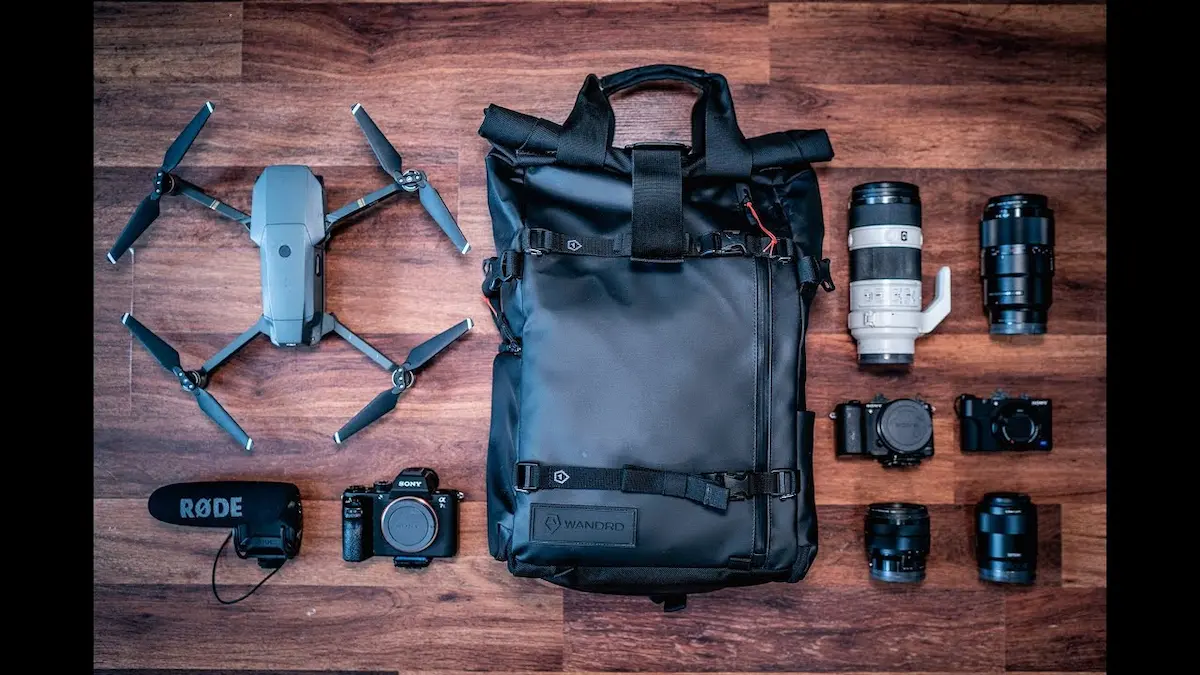
On cruises, you can’t carry everything at once. Space is tight, and wildlife shows up without warning. My solution was a ThinkTank Airport Commuter backpack — weather-resistant, lightweight, and designed for photographers who move constantly.
Why it worked:
- Quick Access: Side zippers let me swap between a wide-angle and telephoto zoom lens without fumbling. When a bald eagle suddenly soared overhead, I could be ready in seconds.
- Weatherproofing: Alaska’s drizzle is sneaky. A water-repellent exterior plus a rain cover gave me peace of mind.
- Comfort: Even during long port days in Skagway or Sitka, padded straps meant I didn’t feel weighed down.
Looking back, the portability setup was just as important as the cameras themselves. Without easy access, those fleeting wildlife moments — the very reason you bring camera equipment for Alaska cruise — slip away.
VII. Smartphone & Action Cam Backups
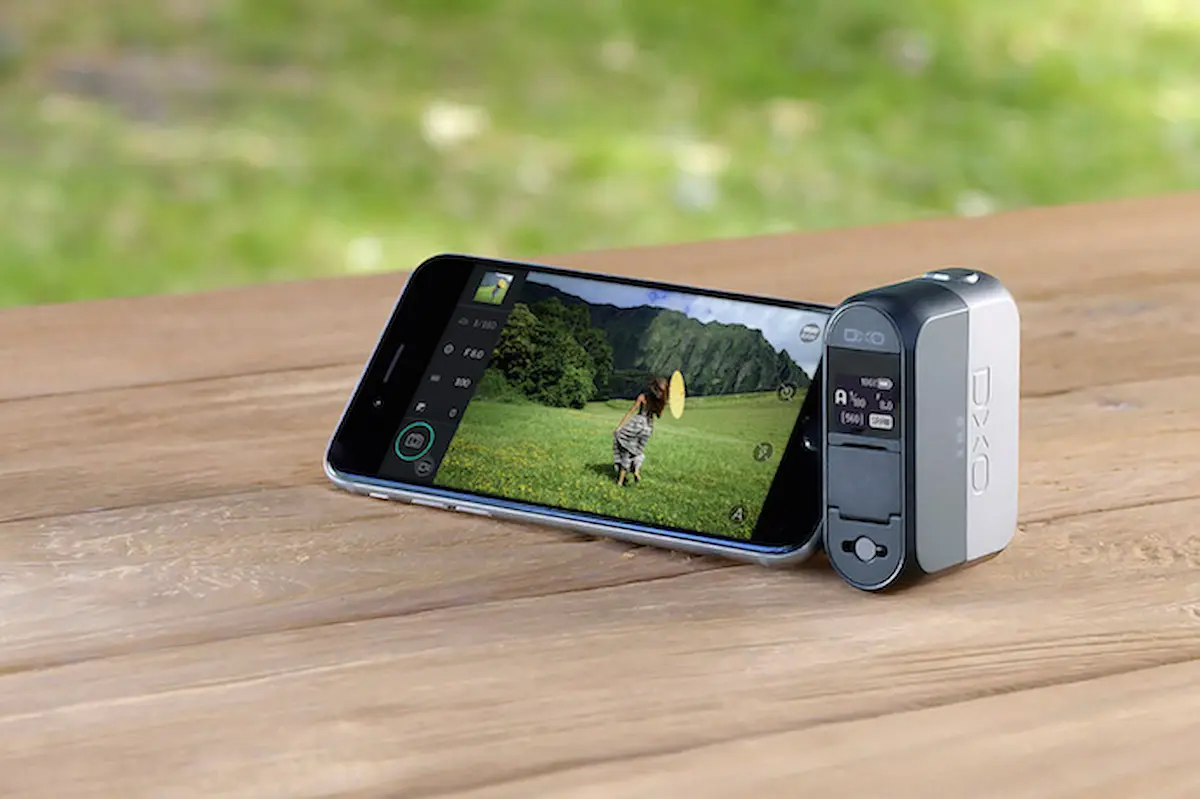
Not every moment requires a DSLR or mirrorless. On my Alaska trip, my iPhone 15 Pro Max played an essential role. Its ultra-wide setting handled sweeping deck shots beautifully, and panoramas came out surprisingly crisp. For casual strolls through Juneau or while waiting for dinner, it was enough.
I also carried a GoPro in a waterproof housing. During a Zodiac excursion, where sea spray drenched everyone, my DSLR stayed safe in the bag while the GoPro captured the drama — waves crashing, seabirds circling, and the laughter of soaked passengers. These action cams shine in scenarios where risking your main camera isn’t worth it.
If you’re debating whether a smartphone or action cam counts as part of your gear for Alaska cruise, the answer is yes. They won’t replace a good camera for Alaska cruise photography, but they fill gaps when conditions aren’t camera-friendly.
VIII. Favorite Shots & Why the Gear Worked
Here are the moments where the right camera gear for Alaska cruise made all the difference:
| Shot | Gear Used | Why It Worked |
|---|---|---|
| Glacier Close-Up (Hubbard Glacier) | Canon 5D + 24–70mm wide angle | Captured the immense scale; polarizer made ice colors vivid. |
| Whale Tail Breach | 5D + 100–400mm telephoto zoom | Long focal length froze action far from the ship; image stabilized despite ship movement. |
| Bald Eagle in Flight (Sitka) | 5D + 100–400mm + Extender | Autofocus speed locked onto the eagle against a cloudy background. |
| Street Photography (Ketchikan) | 24–70mm standard zoom | Flexible for colorful storefronts and candid moments of locals. |
| Sunset Onboard Candid | 50mm prime | Low-light aperture caught warm tones during dinner on deck without needing flash. |
Each of these shots reminded me why versatility matters. Alaska is unpredictable — one moment it’s wide-angle glaciers, the next it’s a zoomed-in wildlife chase. Having the right combination of lenses and accessories meant I never had to say, “I wish I had the right setup for that.”
IX. Tips for Packing Camera Gear for an Alaska Cruise
Packing for an Alaska cruise isn’t just about how to dress for Alaska cruise weather or what to wear for dinner on an Alaska cruise. Your photography gear needs the same thoughtful planning. After trial and error, here’s what worked for me:
- Keep it Light: Don’t carry every lens daily. For Glacier Bay days, I packed the wide-angle and telephoto zoom only. In port towns like Juneau, the 24–70mm was more than enough.
- Use Dry Bags: Shore excursions can be wet, especially on kayaking trips or Zodiacs. A simple dry bag or heavy-duty zip-lock protected my gear more than once.
- Rotate Batteries: The cold drains them fast. Keep extras in your pocket close to your body and recharge every night without fail.
- Mix Focal Lengths: Instead of packing duplicates, cover different ranges — one wide, one telephoto, one standard zoom. It keeps weight down while covering all scenarios.
- Backup Your Memories: I always backed up to a portable SSD each evening. Alaska’s moments are too precious to risk losing.
If you’re unsure what to pack for an Alaskan cruise, think versatility, weather protection, and lightness. Overpacking is a rookie mistake — you’ll spend more time juggling gear than enjoying the scenery.
Conclusion: Reliving Alaska Through My Lens
Looking back at my photos now, I realize the trip wasn’t just about collecting images — it was about preparing the right camera gear for Alaska cruise conditions so I could live in the moment without frustration. From the wide-angle shots of Hubbard Glacier to that telephoto capture of a whale’s tail, every lens and accessory had its role.
What struck me most was how much joy came later, scrolling through shots that reignited the sound of ice cracking or the rush of cold wind on deck. Good gear doesn’t just document Alaska — it lets you relive it.
So if you’re planning your own adventure, don’t stress about having the most expensive setup. Focus on reliability, versatility, and weatherproofing. Because in Alaska, the right tools mean the difference between missing a once-in-a-lifetime moment and capturing it forever.
FAQs: Alaska Cruise Photography Gear
Do I need a professional camera for an Alaska cruise?
Not necessarily. A solid mirrorless or DSLR helps, but even a high-end smartphone can handle casual shots. If wildlife and glaciers matter to you, invest in dedicated camera gear for Alaska cruise trips.
What’s the best lens for whales?
A telephoto zoom lens (100–400mm) is ideal. Pair it with an extender if you want extra reach for distant breaches.
Is a tripod necessary?
For glaciers, sunsets, and low-light auroras, yes. For day-to-day port visits, a monopod is lighter and more practical.
How do you protect gear from rain and cold?
Use a waterproof rain cover, microfiber cloths, and silica gel packs. Keep batteries warm by storing them in your jacket pocket.
Can a smartphone be enough?
For casual travelers, yes. Phones like the iPhone 15 Pro Max can capture beautiful panoramas and deck shots. But they struggle with distant wildlife.
What camera is best for Alaska travel?
Anything with good weather sealing and solid autofocus — like the Canon EOS 5D Mark IV, Sony RX10, or a rugged mirrorless interchangeable lens camera.
What to pack for a 7 day Alaska cruise?
Bring one wide-angle, one telephoto zoom, and one standard zoom lens. Add a prime if you enjoy low-light photography. And don’t forget rain protection.
What camera settings are best for Alaska?
Use a fast shutter for wildlife, polarizer for glaciers, and aperture priority for town/street shots. Adjust ISO generously in low light.
lenses do I need to take to Alaska?
A wide-angle (24mm) for landscapes, telephoto (100–400mm) for wildlife, and a standard zoom (24–70mm) for general use.
Do you need binoculars on an Alaskan cruise?
Yes — even with a long lens, binoculars help spot whales or bears before setting up your shot. I used Zeiss Conquests and they were invaluable.
Which camera should I buy for travel?
If starting fresh, a mirrorless with interchangeable lenses balances quality and portability. For serious shooters, a full frame sensor camera like the EOS 5D series is a proven workhorse.

